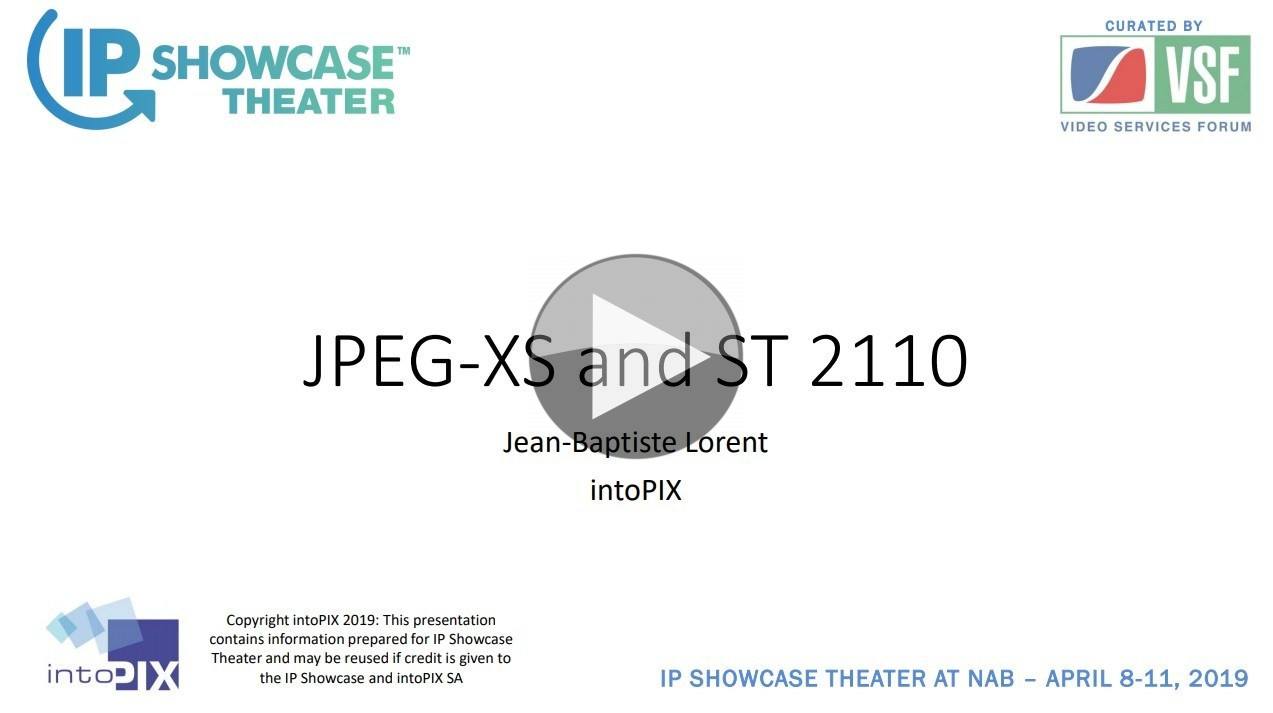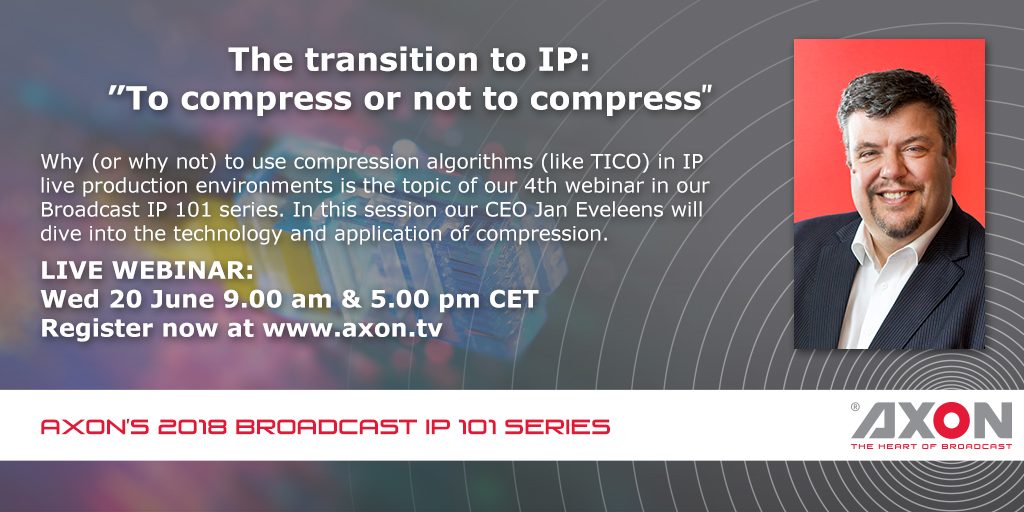Like all good ideas, remote production is certainly not new. Known in the US as REMIs (REmote INtegrations) and in Europe as Remote Productions, producing live events without sending people there has long been seen as something to which most broadcasters have aspired. We’re now at a tipping point of available techniques, codecs and bandwidth which is making large-scale remote production practical and, indeed, common.
Carl Petch took to the podium at the IBC 2019 IP Showcase to explain how telco Telstra have been deploying remote production solutions by looking at three case studies including the Pyeongchang 2018 Winter Olympics, and the technology behind them. Highlighting TICO, SMPTE ST 2022-6 uncompressed and VC-2 compression, previously known as the BBC’s DIRAC, we see how codecs are vital in underpinning successful, low latency, remote production.
Encoding and decoding delay aren’t the only delays to consider, simple propagation time for the signal to travel from one place on the earth to another have to be considered – including the lengths of your different paths – so Carl takes us through a table of real-world measurements between a range of places showing up to 280ms one-way delay.
Much of the success Telstra has had in delivering these solutions has been anchored on their dedicated remote production network based on the Open Transport Network principles which allows them to carve up parts of their bandwidth for different protocols which Carl covers in some detail and allows them to scale in 100Gb increments.
Watch now! and download the slides.
Speaker
 |
Carl Petch Principal Solutions Architect, Telstra |





